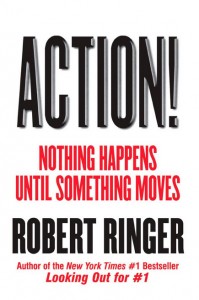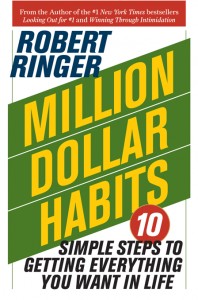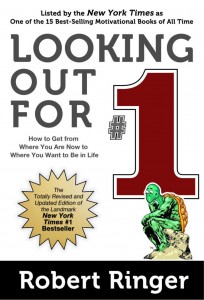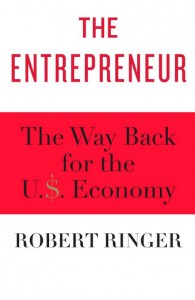Chaos Theory and You
Posted on September 4, 2014 by Robert Ringer
Oversimplified, chaos theory is about the underlying chaos that exists in seemingly orderly systems. The so-called butterfly effect comes into play here, because a small change in initial conditions can dramatically change the long-term behavior of a “system.” A system, of course, can be just about anything — the weather, a mathematical formula, a sporting event, a student’s school experience, even a business career.
Of course, the ultimate chaos-versus-order showcase is the universe itself. Scientists generally believe that the universe began about 14 billion years ago with the unleashing of the so-called Big Bang. That’s serious chaos.
But what’s puzzling to many of them is that the formation of the substantive universe may not be as random as once thought. For example, there appear to be precise patterns (i.e., order) to the galaxies.
Perhaps the rings of Saturn are the best cosmic example for us Earthlings to study when it comes to chaos versus order. When you look at a photo of Saturn, its rings are so smooth that they appear to have been painted by an artist.
Yet, at the local level, randomness and disorder prevail in the rings, with billions of small particles of ice, mixed with dust and other chemicals, circling the planet in their own orbits. They range in size from microns to meters. In fact, on closer inspection, gaps can be found in the rings, and there are even two moons embedded in them.
So, in the case of the rings of Saturn, what appears to be perfect order from a distance is actually quite chaotic. What we see through a telescope are patterns in the form of smooth, concentric rings, but this is a nothing more than a deception caused by the great distance between earth and Saturn.
The same is true here on Earth. No matter how orderly something may appear to be, there is always chaos at the local level. For example, a brick wall looks calm and steady, but on a micro level, there is disorder. Neutrons and protons are circling the nucleus of every atom in every brick, and the atoms themselves are vibrating wildly.
On a macro level, man has harnessed the energy of those atoms by rearranging them first into bricks and then into a brick wall. And now that I think about it, that’s pretty much what man does for a living — bring about order from chaos by rearranging atoms. Will Durant defined human progress as “increasing control of the environment by life … the domination of chaos by mind and purpose, of matter by form or will.”
So it appears that man’s purpose — at least his nonspiritual purpose — is to bring order from chaos. We’ve done a pretty good job of this over the past eight thousand years or so, but we should never forget that underlying our best-laid plans is unimaginable chaos.
Seismic turmoil abounds below our orderly streets, bridges, sewage systems, and skyscrapers. The next Katrina or Great East Japan Earthquake lies quietly in wait to wreak havoc on some unsuspecting city and perhaps millions of residents. Transmutating killer viruses, invisible to the naked eye, are ready to thrust the next HIV into our lives.
We organize governments to bring order to society, but, underneath it all, what we really crave is to be free of government and its unrestricted use of force. Human beings are anarchists at heart. They don’t like to be told what to do and when to do it. Chaos is always roiling beneath society’s surface, and we’ve seen increasing evidence of that over the past decade.
The truth be known, what seems to be chaos is also order, and what seems to be order is also chaos. What we think of as order — as a system of perfection or absoluteness — is really just a conglomeration of patterns. We look for patterns in sports, in the stock market, in relationships, and in business cycles, to name but a few examples.
Where we invite problems into our lives is when we start to believe that patterns are the permanent order of things. They are not. If death teaches us anything, it is that nothing is permanent. Life itself is ephemeral in nature.
While striving to bring order to your environment, be careful not to deceive yourself. Murphy’s Law guarantees that chaos is always just around the next bend, and the wise person lives both his personal and business lives forearmed accordingly. Be vigilant about not falling into the normalcy-bias trap. Chaos is coming — guaranteed.










